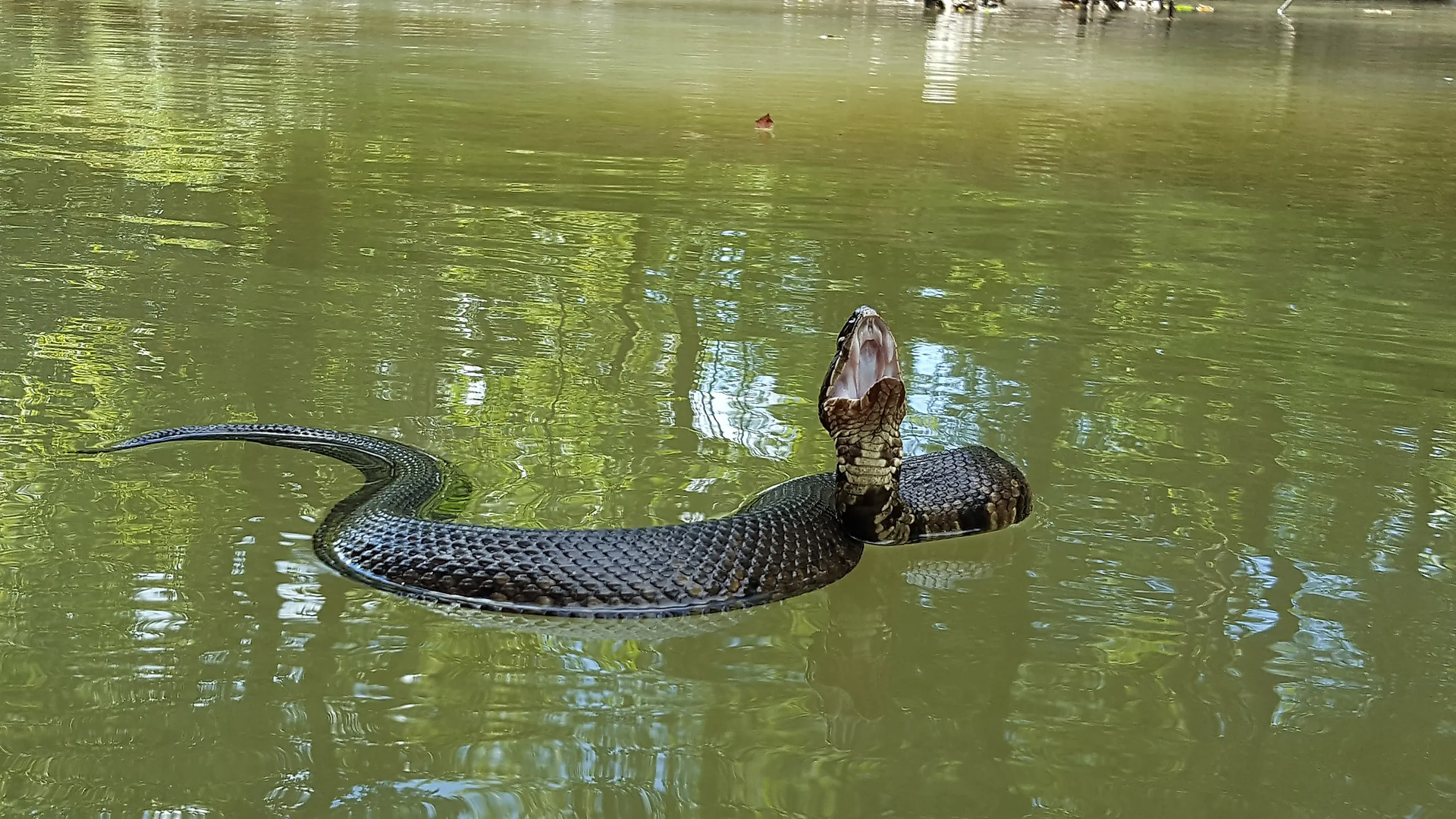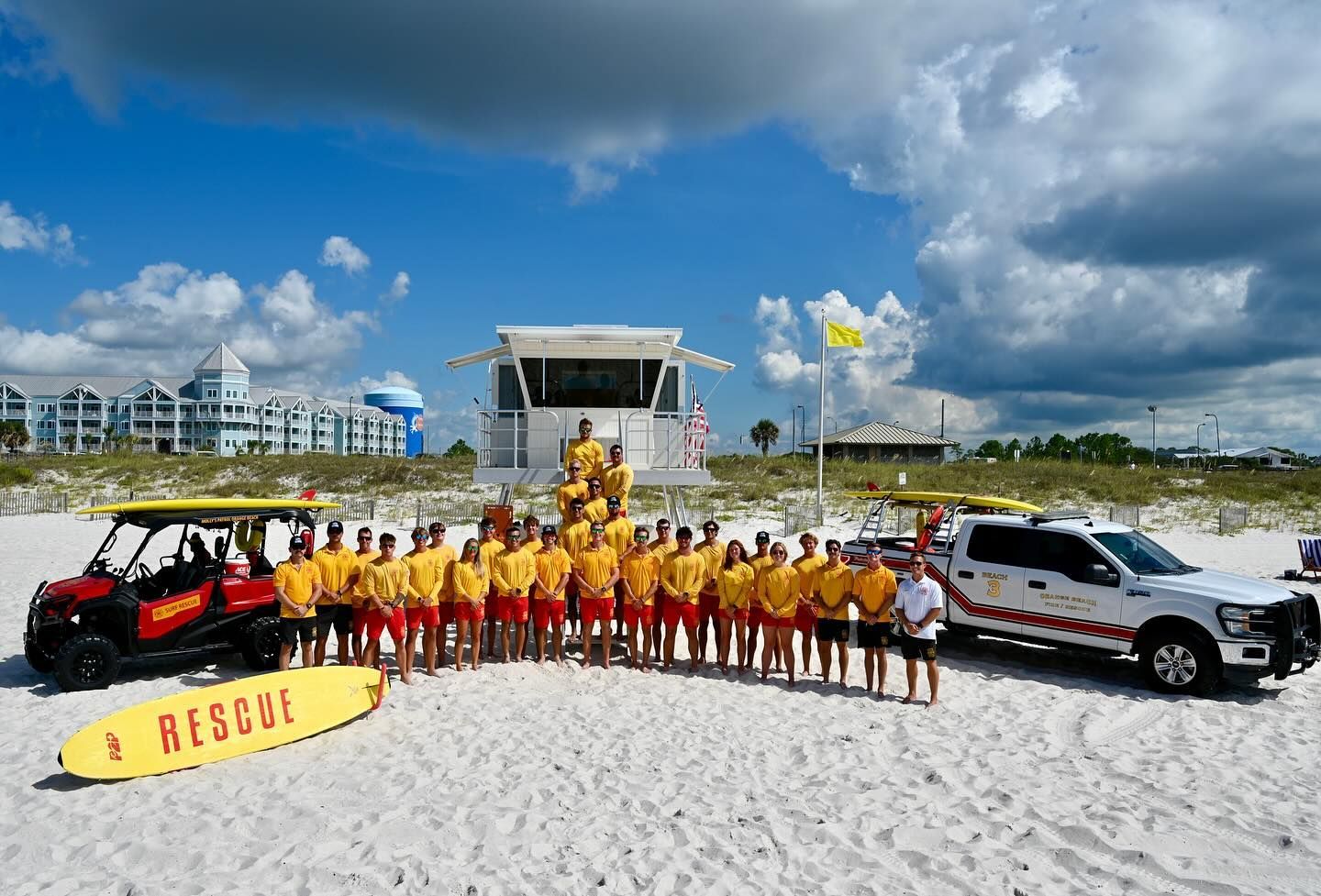Gulf State Park Highlighted By World Atlas For Snakes
Gulf Shores News Staff • November 24, 2025
Gulf State Park highlighted by World Atlas

Saying the are snakes in a park located near swampy water it a bit like saying there are sharks in the gulf. But yet, World Atlas, one of the largest publishing resources in geography and other topics, highlighted the Gulf State Park on their list of snake infested parks in the U.S..
Many species of snakes can be found along the U.S. Gulf Coast, inhabiting various environments from salt marshes to pine forests. Both venomous and nonvenomous species are present, including the Gulf Saltmarsh snake, cottonmouth, and eastern diamondback rattlesnake. Most that you might see along local trails are nonvenomous. But there are a few of the dangerous variety to be aware and stay clear of.
Venomous Snakes
The U.S. Gulf Coast is home to several venomous snake species.
- Cottonmouth (Water Moccasin) The cottonmouth is the most common venomous aquatic snake in the region and is often found near the edges of ditches, ponds, lakes, and wetlands. As adults, they are typically dark in color, sometimes completely black, and display the white interior of their mouth as a warning.
- Eastern Diamondback Rattlesnake This is the largest venomous snake in the United States and prefers dry, sandy areas with good cover like palmettos and pine trees. They are known for their rattle, which they often use to warn off potential threats.
- Pygmy Rattlesnake These are smaller venomous snakes, rarely exceeding 20 inches in length, and are found in a variety of habitats including pine flatwoods and oak scrub.
- Eastern Coral Snake Coral snakes have a distinct banding pattern and are generally found along the coastal plain from North Carolina to eastern Louisiana.
- Copperhead Though often confused with juvenile cottonmouths, copperheads exist in the general region but are not typically found in the southernmost coastal counties of Alabama, for example.
The Alabama Gulf State Park is very aware of the wildlife and takes amazing precautions to protect visitors or make them aware of dangerous situations. The award winning park opened in 1939 and has garnered national and international accolades for habitat and accommodations.
RELATED ARTICLE: Backcountry Trail Named Named Nation's Best For Recreation
Snakes are an important part of the natural environment, and serious encounters are rare. Most snakes prefer to avoid human contact. If you encounter a snake, it is best to leave it alone and observe from a distance. Proper identification is crucial, as many nonvenomous snakes are often mistaken for venomous ones and killed unnecessarily.
For more information about snakes along the Alabama Gulf Coast you can visit Outdoor Alabama.


























